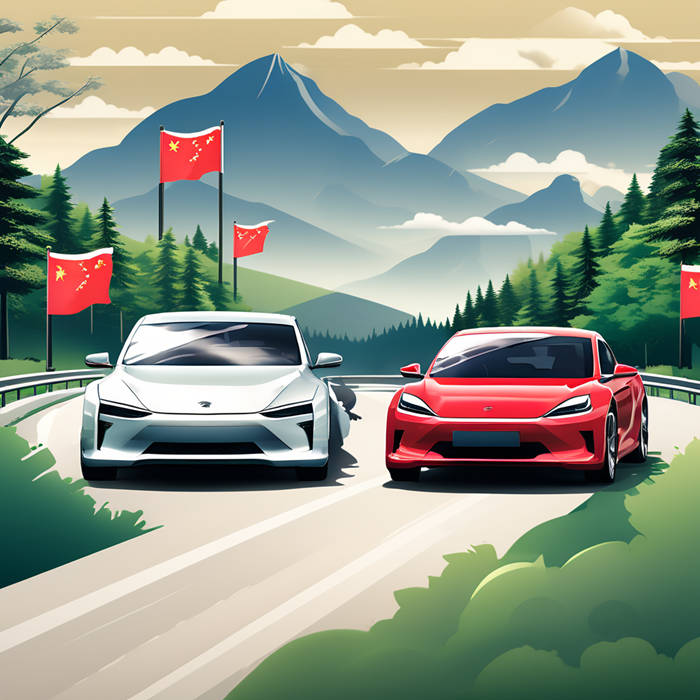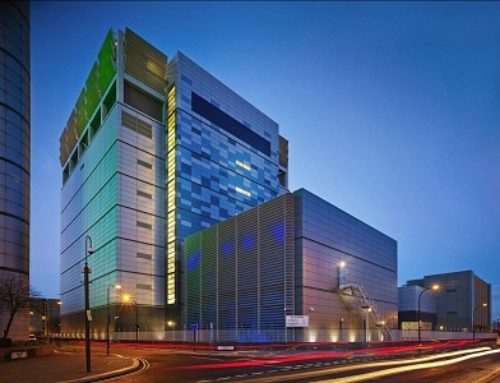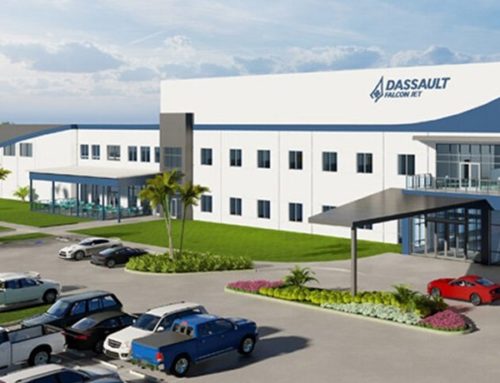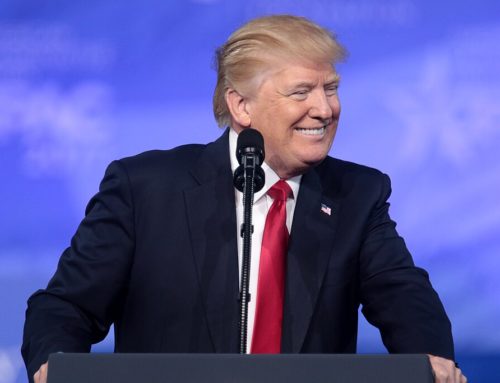1. Texas and Florida: FDI Front-Runners
As the global economy interlaces nations and markets, two states emerge as beacons of prosperity: Texas and Florida. These sun-kissed lands, each with its unique allure, beckon investors, entrepreneurs, and visionaries. In this article, we delve into their success stories, dissecting the strategies that have propelled them to the forefront of FDI.
From the sprawling plains of Texas to the vibrant shores of Florida, let’s embark on a journey where trade meets tenacity, and borders blur into opportunity.
Texas: Where Legends Ride the Horizon
1. FDI Magnet:
Texas, the Lone Star State, has emerged as a powerhouse in attracting global investors. Here’s why:
Robust Economy: Texas boasts a dynamic economy fueled by diverse sectors, from energy to technology. Its GDP rivals that of entire countries, making it an alluring playground for FDI.
Business-Friendly Environment: The state’s pro-business policies, streamlined regulations, and tax incentives create an inviting ecosystem for companies seeking growth.
Diverse Workforce: Texas embraces talent from around the world. Its multicultural population fuels innovation and drives businesses forward.
2. Tax Advantages:
Texas’s allure lies in its tax structure:
No Individual or Corporate Income Taxes: Companies and individuals retain more of their earnings, making Texas an attractive destination for relocation.
Tax on Gross Sales: While Texas doesn’t impose income taxes, it does apply a tax on company gross sales. However, this hasn’t deterred businesses; instead, it encourages growth.
3. Greenfield FDI Projects:
In 2022, Texas hit an all-time high with 234 greenfield FDI projects. Preliminary data for 2023 suggests another robust year. The Lone Star State beckons investors with open arms.
4. Influx of Talent:
Companies follow where talent thrives. Texas’s in-migration of skilled workers fuels its FDI success. A skilled workforce availability is a top reason cited by relocating companies.
Florida: Sunshine State, Global Hub
1. Tax-Friendly Climate:
Florida’s appeal extends beyond its sunny beaches:
No Personal Income Tax: Individuals enjoy tax relief, attracting professionals seeking financial freedom.
Low Corporate Income Tax: At a rate of 5.5%, Florida’s corporate tax environment is business-friendly.
2. Gateway to Latin America:
Florida’s strategic location makes it a gateway to Latin America and the Caribbean:
Proximity to Markets: Companies leverage Florida’s connectivity to expand their reach across borders.
Multicultural Hub: A melting pot of cultures, Florida fosters cross-cultural collaboration and global business networks.
3. Thriving Sectors:
Florida excels in sectors like tourism, aerospace, life sciences, and logistics. Its diverse economy ensures stability and growth.
4. FDI Resilience:
Despite challenges, Florida’s FDI resilience shines. Investors recognize its potential, and the state continues to attract capital.
In summary, Texas and Florida exemplify FDI success stories. Their tax advantages, skilled workforce, and strategic positioning make them irresistible to investors. As the sun sets over the Gulf and the Rio Grande, these states continue to write their chapters in the global investment saga.
2. VinFast’s Bold Move: Accelerating into the Philippine Market

Michael Rivera via Unsplash
1. The VinFast Phenomenon:
VinFast, a name that resonates with innovation and ambition, is no stranger to the automotive world. As part of Vingroup, Vietnam’s largest conglomerate, VinFast has swiftly carved its niche in the global EV landscape. Now, it’s steering toward the Philippines, ready to make waves.
2. The Presidential Connection:
During a recent state visit to Vietnam, President Ferdinand R. Marcos Jr. engaged in a pivotal meeting with VinFast executives. The outcome? A resounding declaration of intent: VinFast will not only establish car dealerships but also invest in battery EV production within our shores.
3. The Electric Odyssey:
VinFast’s journey is electrifying—quite literally. Here’s what you need to know:
Global Aspirations: VinFast aims to be a global car brand, already making strides in North America and Europe. Their R&D center in Australia fuels their quest for excellence.
EV-Only Lineup: VinFast’s entire lineup is electric, aligning perfectly with the Philippines’ recent EVIDA law, which exempts EVs from excise tax.
4. Challenges and Opportunities:
As VinFast enters the Philippine market, it faces challenges:
Competition: Our market has witnessed a surge of Chinese marques. VinFast joins the race, an EV-only contender.
Infrastructure: The nascent nature of our EV infrastructure poses hurdles, but VinFast’s arrival could catalyze growth.
Initial Reviews: While initial reviews of VinFast’s products have been mixed, anticipation remains high.
5. The Road Ahead:
VinFast plans to open its dealership business by April 2024. Which models will grace our streets? Pricing details remain a mystery, but one thing is certain: VinFast’s arrival injects fresh energy into our automotive landscape.
As the sun rises over the Pacific, VinFast’s wheels spin toward new horizons. Buckle up—the EV revolution just got more exciting!
3. BYD’s Hungarian Venture: Accelerating Green Mobility

Keszthelyi Timi via unsplash
1. The Birth of a State-of-the-Art Facility
On December 22, 2023, BYD announced its ambitious plan to construct a cutting-edge passenger car factory in Szeged, Hungary.
This facility will be the first BYD passenger car factory in Europe, signalling the company’s commitment to localizing production and expanding its global reach.
2. Boosting the Local Economy
The Szeged factory is expected to create thousands of local jobs, injecting vitality into the regional economy.
As Hungary emerges as a vital transportation hub in Europe, BYD’s investment aligns perfectly with the country’s rich automotive heritage.
3. Advanced Technology and Sustainability
BYD’s new production centre will incorporate state-of-the-art technology and highly automated processes.
The focus? New energy passenger vehicles, including electric cars and hybrids.
BYD’s vertical supply chain integration will foster a local green ‘ecosystem,’ supporting Hungary’s sustainable mission.
4. BYD’s European Journey
Within its first year in Europe, BYD has established 230 retailer stores across 19 countries.
The company introduced five new models, spanning segments from hatchbacks to SUVs.
Three more models are slated for launch within the next 12 months.
5. Driving Global Transformation
Guided by its vision to Cool the Earth by 1°C, BYD aims to accelerate the adoption of new energy vehicles in Europe.
Hungary’s central location, mature infrastructure, and industrial expertise make it an ideal springboard for BYD’s European operations.
As the wheels of progress turn in Szeged, BYD’s commitment to sustainable mobility gains momentum.
4. Saudi Arabia’s FDI Triumph: A Vision Unfolding

Haidan via Unsplash
1. Vision 2030: A Transformative Roadmap
Saudi Vision 2030 sets forth an audacious vision for the Kingdom: to build a vibrant society, a thriving economy, and an ambitious nation. Key objectives include:
Increased FDI: The goal is to raise FDI to 5.7% of GDP.
Private Sector Growth: Boost the private sector’s contribution from 40% to 65% of GDP.
Global Economic Standing: Aim to be among the 15 largest economies globally by 2030.
2. Transparency and Governance
To achieve these targets, Saudi Arabia is committed to adopting international standards and best practices. Collaborating with the IMF, the Ministry of Investment of Saudi Arabia (MISA), the General Authority for Statistics (GASTAT), and the Saudi Central Bank have revamped FDI statistics. The result? Highly accurate and detailed data that informs policy and investment decisions.
3. The New Methodology: Doubling FDI Inflow
The updated methodology reflects Saudi Arabia’s commitment to transparency. Notably:
FDI Inflow Surge: The volume of FDI inflow doubled in 2022 compared to 2015, reaching SAR 123 billion—exceeding targets by 102%.
Globally Attractive Environment: Legal, economic, and social reforms have created an environment that attracts significant external funding.
4. Recent Surge in Q3 2023
In the third quarter of 2023, Saudi Arabia witnessed a 29% surge in FDI inflows. This underscores the Kingdom’s ongoing success in attracting global investments.
5. Aiming for US$100 Billion Annually
By 2030, Saudi Arabia aims to achieve US$100 billion in annual FDI. Despite pandemic challenges, the FDI trend remained strong, reflecting resilience and determination.
As the sands shift, Saudi Arabia’s FDI story unfolds—a testament to vision, transparency, and unwavering ambition.
5. French Farmers Up in Arms Over EU Free-Trade Agreements

Unfair Competition and Rising Costs
French farming unions are taking a stand against the EU’s free-trade agreements, which they argue open the floodgates to unfair competition from products arriving from overseas. Amid calls for farmers to adopt more sustainable practices, the reality on the ground is often one of increasing costs and narrow profit margins.
Shared Concerns Across Europe
While the protests have been most visible in France, similar sentiments resonate across Europe. Here are some key issues:
1. Costs on the Rise:
Farmers face escalating expenses for energy, fertilizers, and transportation.
The conflict in Ukraine since 2022 has further impacted costs.
2. Price Pressures:
Governments and retailers, mindful of the cost of living crisis, aim to reduce food prices.
Farm-gate prices—the base prices farmers receive—have dropped by nearly 9% on average between 2022 and 2023, affecting various products.
3. Imports and Unfair Competition:
Central and eastern European countries, including Poland, have been hit by a flood of cheap agricultural produce from Ukraine.
The EU waived quotas and duties on Ukrainian grain, leading to depressed prices and resentment among local farmers.
4. Ukrainian Grain Controversy:
The removal of quotas on Ukrainian grain imports sparked outrage.
Polish farmers, in particular, expressed frustration, demanding that Ukrainian grain find its place in Asian or African markets rather than flooding Europe.
Pressure on the French Government
French farmers have taken their grievances to the streets, blockading major highways around Paris. Their demands include better remuneration, relief from stifling EU regulations, and protection against unfair competition. The government faces mounting pressure to address these urgent concerns.
France’s Rejection of EU-Mercosur Agreement
In response to the ongoing protests, Prime Minister Gabriel Attal has unequivocally declared France’s rejection of the EU-Mercosur free trade agreement. President Emmanuel Macron hinted at this decision, aligning with the farmers’ demands³.
The Road Ahead
As tractors continue to crisscross French highways, the battle for fair trade practices and sustainable agriculture intensifies. The EU must grapple with balancing economic interests while safeguarding local farmers’ livelihoods.
6. Irish Manufacturing Sector Shows Resilience: AIB PMI Insights

1. Understanding the AIB Ireland Manufacturing PMI®
The AIB Ireland Manufacturing PMI® serves as a composite indicator, reflecting the overall performance of the manufacturing sector. Derived from various factors such as new orders, output, employment, suppliers’ delivery times, and stocks of purchases, this index provides a snapshot of industry conditions. Any figure above 50.0 indicates an overall improvement in the sector.
2. Recent Trends
Let’s explore the recent trends based on AIB’s PMI reports:
a. January 2024: Rebounding from December
In January 2024, the AIB Ireland Manufacturing PMI® climbed to 49.5, up from 48.9 in December 2023.
Key drivers of this improvement include rising output, export orders, and employment.
b. Export-Led Recovery
Stronger exports played a crucial role in supporting Irish manufacturing.
Despite challenges, including supply chain disruptions and cost pressures, the sector demonstrated resilience.
c. Navigating Uncertainties
The index has hovered around the 50 mark, indicating a delicate balance between expansion and contraction.
Irish manufacturers continue to adapt to changing global dynamics, including post-Brexit trade relations and geopolitical shifts.
3. Implications and Prospects
The rebound in January signals cautious optimism. As the global economy recalibrates, Irish manufacturers must remain agile.
Addressing supply chain bottlenecks, investing in innovation, and fostering sustainable practices will be critical.
4. Looking Ahead
The AIB Ireland Manufacturing PMI remains a vital barometer for policymakers, investors, and businesses.
As the sector navigates uncertainties, it’s essential to celebrate its resilience and chart a course toward sustainable growth.
7. China vs. Japan: The Auto Export Showdown

1. The Battle for Dominance
The race to become the world’s top auto exporter has intensified, with China and Japan locked in a fierce competition. Let’s break down the numbers:
a. Japan’s Legacy
Japanese customs data shows that Japan exported 5.97 million vehicles in 2023.
However, the story takes an interesting twist when we examine manufacturing association data. According to these figures, Japan exported 3.978 million passenger cars in the same year⁴.
b. China’s Surge
China, on the other hand, is nipping at Japan’s heels. Its total auto exports reached 5.26 million units in 2023, valued at approximately $102 billion⁶.
More than 70% of China’s car exports were gasoline-powered vehicles, while new energy vehicle (NEV) exports were also on the rise.
2. The Russian Connection
Russia emerged as a significant destination for Chinese gasoline-powered cars. After Russia’s invasion of Ukraine in 2022, Chinese manufacturers stepped in to fill the void left by other auto companies.
In the first eleven months of 2023, auto shipments to Russia surged, reflecting China’s growing influence in this market.
3. Mexico’s Auto Market Shift
Mexico, too, witnessed a seismic shift. Chinese-made cars rapidly increased their share of Mexico’s auto market. This trend is remarkable since Mexico traditionally guarded its auto industry closely.
Redirecting excess manufacturing capacity from China to export markets abroad played a pivotal role in this transformation.
4. The Overcapacity Conundrum
China’s auto manufacturing sector faces overcapacity. Plants initially meant for the Chinese market are now recalibrating to serve global demand.
Mexico, alongside Russia, became a key beneficiary of this realignment.
5. The Road Ahead
Both China and Japan continue to adapt to changing dynamics, including post-pandemic shifts, geopolitical tensions, and evolving consumer preferences.
As the auto export saga unfolds, one thing is clear: the battle for supremacy is far from over.







